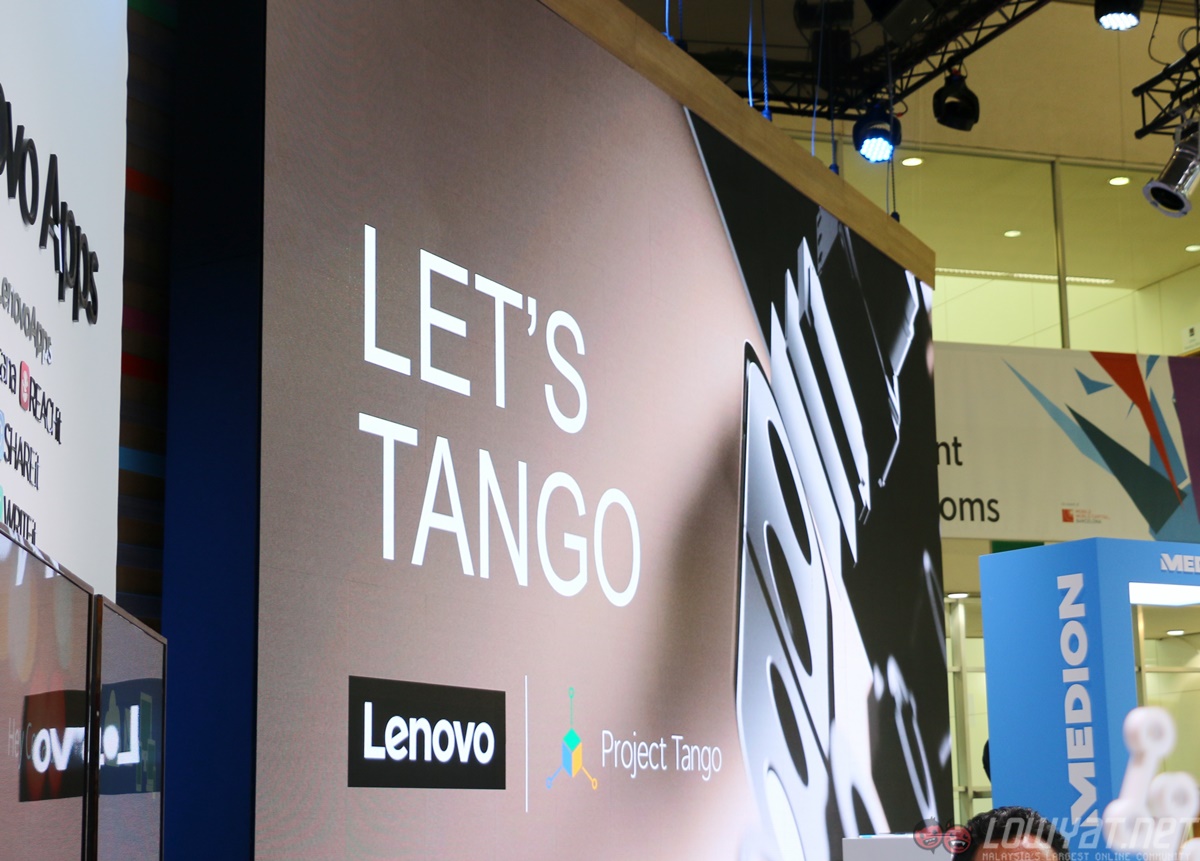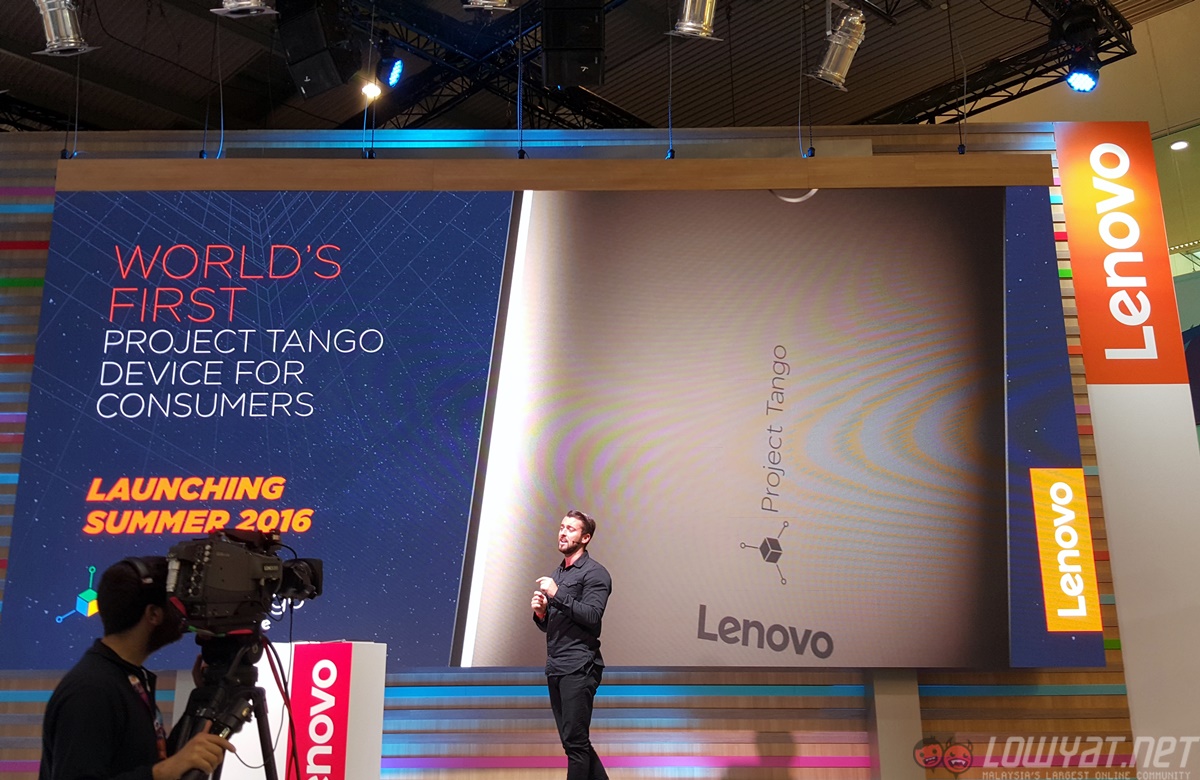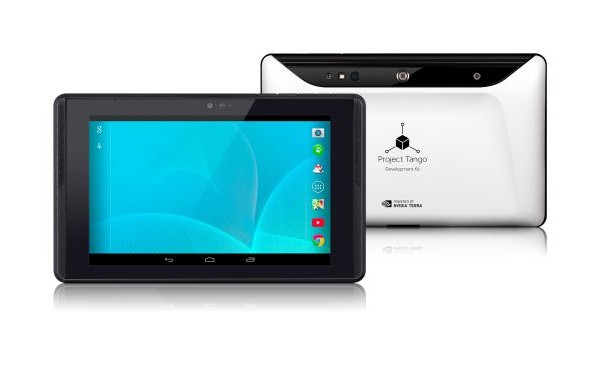At its booth earlier today, Lenovo announced that it will release the world’s first Project Tango smartphone in the second half of this year, with strong support from Google, the brains behind this unique project.
Almost two years to the day, Google announced Project Tango, a smartphone concept that makes it easy to 3D map the surroundings. It may not mean much today, but with a not-to-distant future when augmented reality becomes something very real, it would have needed something like Project Tango to kickstart the revolution.

Key to the projects development was Intel’s support. It made perfect sense for Intel to come onboard with its RealSense camera that does 3D mapping very well. In fact, RealSense cameras have already gone into mass production, appearing in consumer tablets and laptops.
At MWC 2016, Lenovo demonstrated its progress in Project Tango by creating augmented reality indoor navigation of the Barcelona National Art Museum. At the on-stage presentation, Lenovo gave a glimpse of how it worked: blue dotted lines that appear on the screen to guide you around.
In addition, Lenovo also demonstrated more practical uses of 3D mapping, such as using Project Tango apps to determine the distance between two points in real time. There was even a Project Tango app that created Jenga in augmented reality, though it didn’t seem awfully useful (or fun, for that matter).
The bigger concern is if Lenovo and Google can actually hit its promised availability. At both the on-stage presentation and the live indoor navigation to selected media, Lenovo was using the developer kit tablet; a presentation slide merely partially showed off the back of a gold smartphone, with both the Lenovo and Project Tango logo.
Follow us on Instagram, Facebook, Twitter or Telegram for more updates and breaking news.




